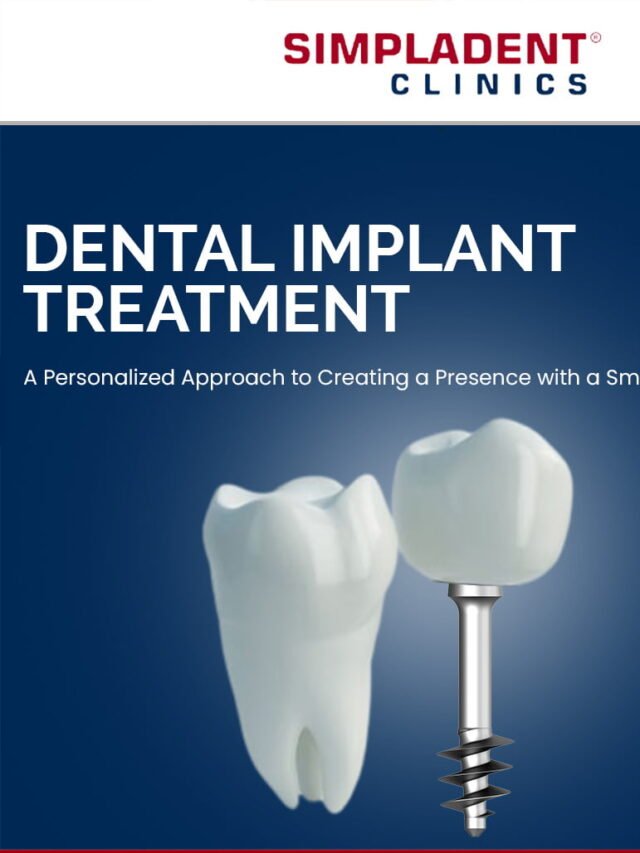When it comes to dental implants, there are various methods and approaches available to patients. Two commonly known methods are conventional implantology and the Simpladent® method. While both methods aim to provide patients with a reliable and functional solution for missing teeth, there are crucial differences between the two.
Conventional Implantology
Conventional implantology, often performed with 2-stage implants, has been the traditional approach for many years. This method requires an ample supply of bone, which can be a challenge for some patients. In cases where patients do not possess enough bone, additional procedures such as bone augmentation, sinus lift surgery, or even risky bone transplants may be necessary. These procedures not only add to the treatment time but also increase the overall costs.
Moreover, conventional implantology typically involves waiting periods and healing time between different stages of the treatment. This can prolong the overall treatment duration, leaving patients with temporary restorations or gaps in their smiles for extended periods.
The Advantages of Simpladent® Implantology
Unlike conventional implantology, the Simpladent® method offers distinct advantages that make it a swift, reliable, and predictable solution for patients. One of the key advantages is that even patients with very low bone supply can receive immediate treatment with polished, single-piece, cortio-basal implants.
The Simpladent® method utilizes cortical bone areas, which are present in sufficient quantities in every jaw. These stable areas are ideally suited for implant placement and are available in practically every patient throughout their entire lives. This eliminates the need for additional procedures like bone augmentation or sinus lift surgery.
Another significant advantage of the Simpladent® method is the ability to immediately load the implants. This means that patients can receive their permanent restorations right after the implant placement, without having to wait for the healing process. Immediate loading of implants allows for a quicker and more convenient treatment experience.
Furthermore, the Simpladent® method reduces the risk of peri-implantitis, a dangerous infection that can occur around dental implants. Thanks to the design and placement technique of the cortical-basal implants, peri-implantitis is practically non-existent in this treatment method. Patients can have peace of mind knowing that their implants are less prone to complications.
Conclusion
In summary, the crucial difference between conventional implantology and the Simpladent® method lies in the approach and the results. While conventional implantology may require additional procedures, longer treatment times, and higher costs, the Simpladent® method offers a more efficient and predictable solution.
With Simpladent® implantology, patients with low bone supply can still receive immediate treatment without the need for extensive bone augmentation. The ability to immediately load the implants and the reduced risk of complications make this method an attractive option for those seeking a reliable and convenient solution for missing teeth.
Ultimately, the choice between conventional implantology and the Simpladent® method depends on the individual patient’s needs and circumstances. Consulting with a qualified dental professional can help determine the most suitable approach for achieving a healthy and functional smile.
Keep yourself updated following our Social Page for the latest deals and information.










Leave A Comment